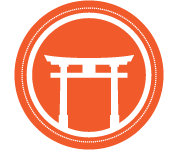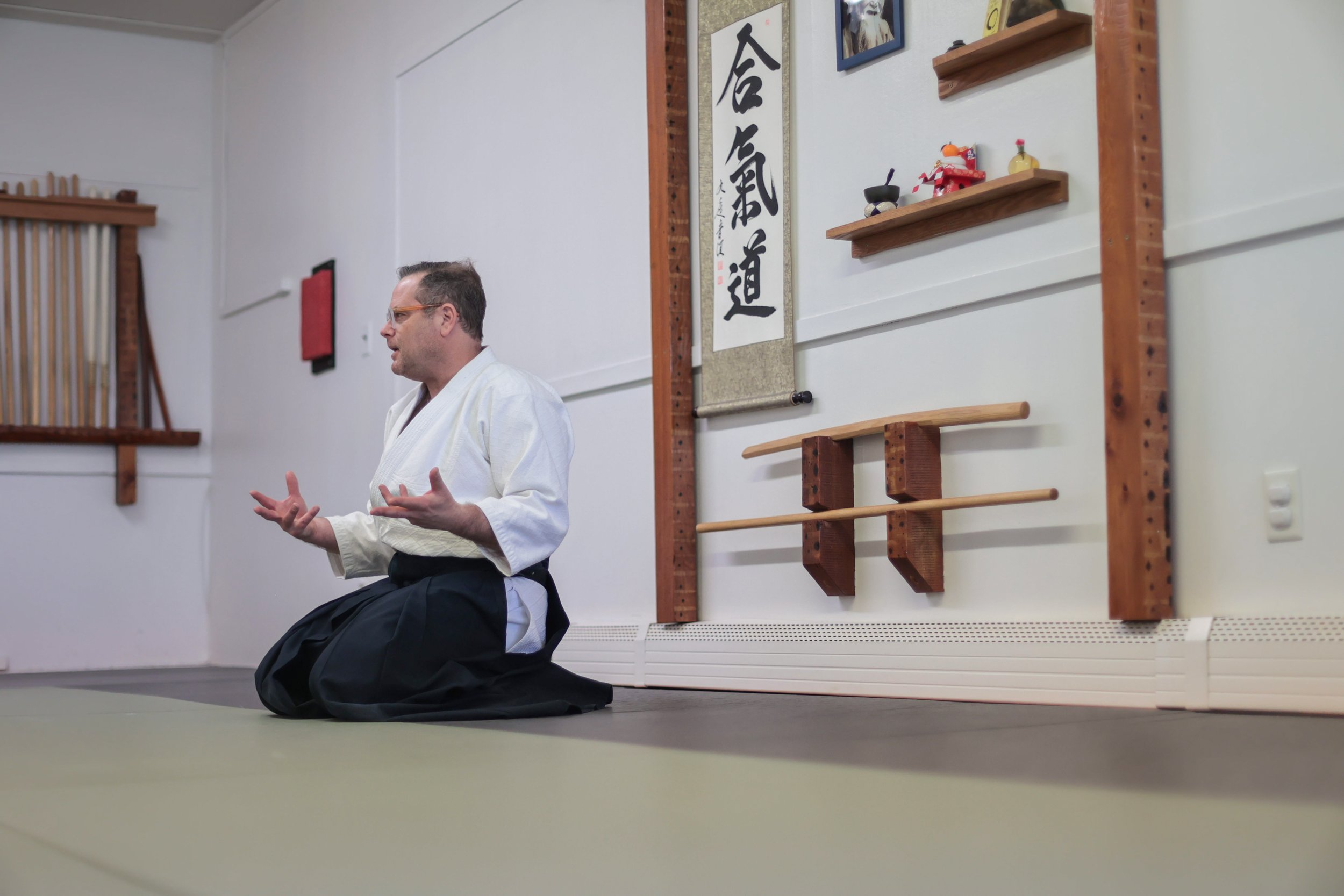Dojo Etiquette: Something to Worry About?
Inryoku 6:2
By Josh Paul Sensei, AOSB Head Instructor
The aikido community is worried. We’re worried about preserving and transmitting our art, and we’re worried about the quality of the art. The worry feels fresh and urgent. However, worry has plagued the aikido community since…well…seemingly forever. For example, there are worry-themed message boards and articles on Aikiweb.com dating back to the 1990s.
As a teacher, I worry. I worry about my curriculum and communication skills, enrollment and retention, and student’s skill and fitness levels. I worry about shaping a dojo culture—an etiquette—that is formal and cordial, inclusive and safe, reflects the dojo’s context and my personality, and maintains the spirit of shinken shobu. (Shinken shobu means a fight with live blades, and implies a true, serious situation—one with true martial intent.)
After 25 years, I’m finally starting to understand that it is the small acts of etiquette—for example, having a clean gi or sitting up straight—that are the most important to me. These are the details that shape the dojo culture and create an atmosphere that is conducive to learning and growth. To me, it is the communal etiquette (versus the hierarchical) that is important. Here are a few examples of what I mean.
Say hello. Say hello to people when you enter the dojo. Don’t just nod or grunt. Leave your mood at the door. We’re trying to cultivate an atmosphere that is serious and cordial, not aggressive and belligerent. Even if you don’t feel cordial, do it anyway. Sometimes etiquette is simply adhering to a script.
“Always train in a vibrant and joyful manner.”
Dress to impress. Wear a clean, unwrinkled gi. Tie your belt correctly. Iron your hakama, and learn to tie and fold it. Appearances are important, and when you look good you feel good. When you look and feel good, your aikido will also look and feel good.
Sit up straight. During class, sit and stand up straight. Don’t lean on the walls or stand around with folded arms. The dojo is a space to practice creating and resolving conflict, not your living room.
Practice. Keep conversation to a minimum during class. Don’t teach. Practice what’s being taught and how it’s being taught.
Follow your senpai. During group practice, if the most senior person in the group isn’t correcting or teaching anybody, neither should you.
Clean with care. Everybody cleans the dojo. It’s about community. Sweep the mats. Empty garbage cans. Dust and vacuum. Get into the corners and under things. Pay attention to the details.
Call me Sensei. At least in the dojo. Not because of the hierarchy or my ego, but because doing so creates defined roles, and cultivates an atmosphere of professionalism and seriousness. Outside the dojo, call me what you want. Obviously, Ira and Courtney (my son and wife) don’t/won’t call me sensei at home, but they do on the mats.
“The Art of Peace is medicine for a sick world.”
Dojo etiquette is being helpful, treating others as you wish to be treated, and practicing safely. It is putting the needs of the dojo and the community ahead of your personal needs. It is an attitude and lifestyle worthy of worry, preservation, and transmission. Without etiquette there’s no “mystique” to the dojo—it’s just another fitness class. Etiquette is the most practical skill we cultivate in the dojo. It is the one that we can use daily, and in all our interactions. O’sensei said that aikido is medicine for a sick world, and our world is certainly diseased with vulgarity and incivility.
Preserve and transmit dojo etiquette. It’s as important any other aiki-worry.



